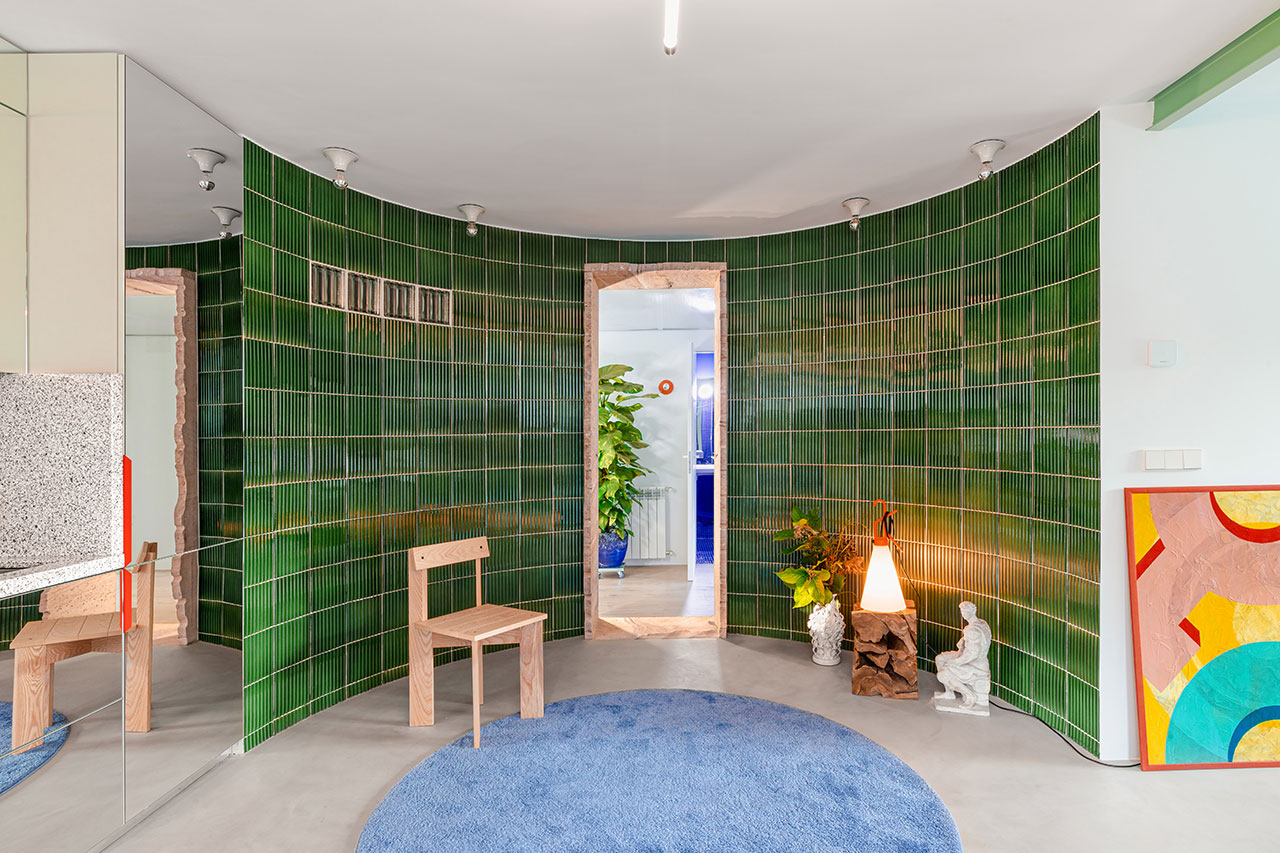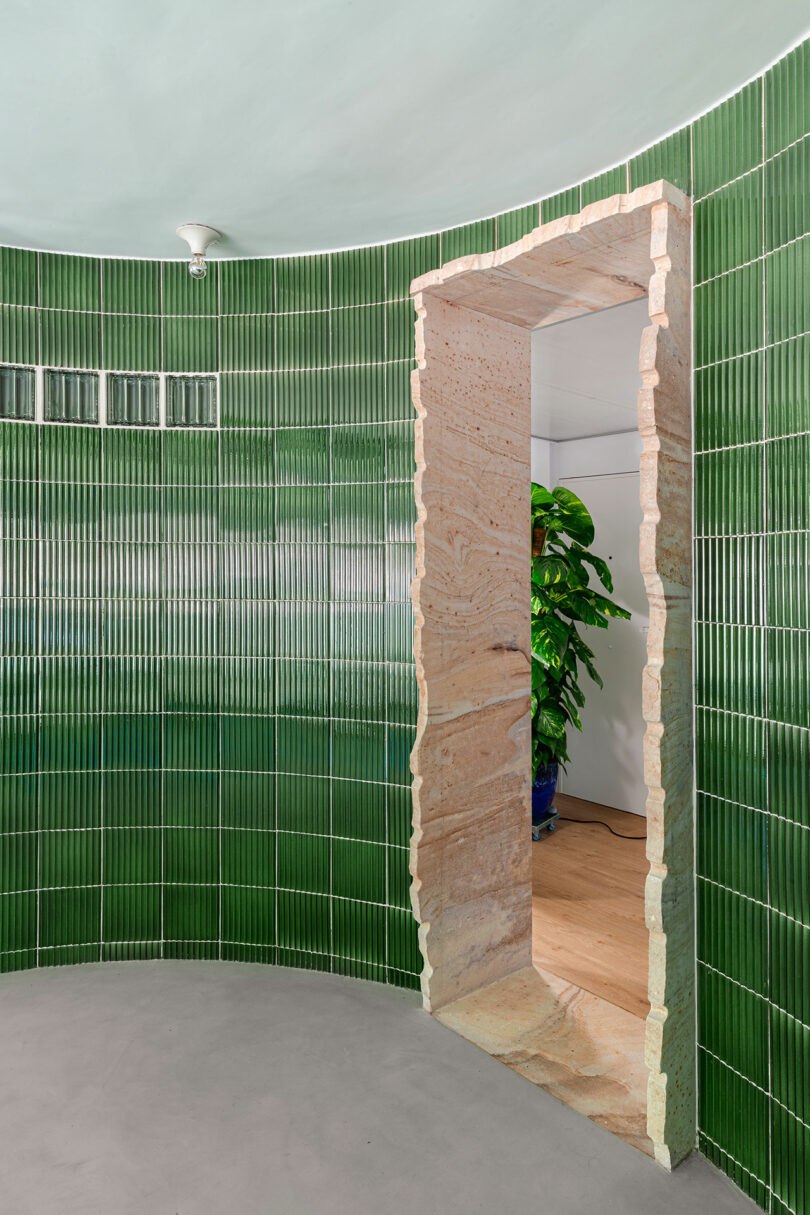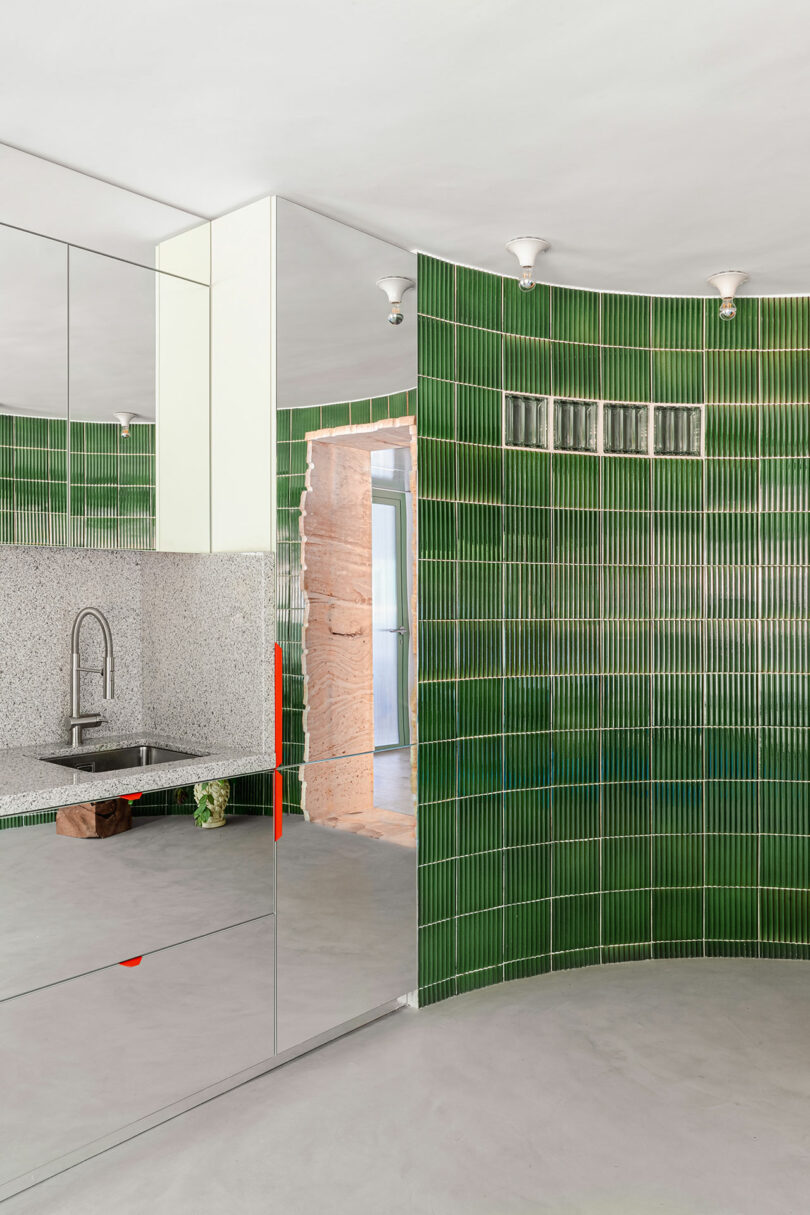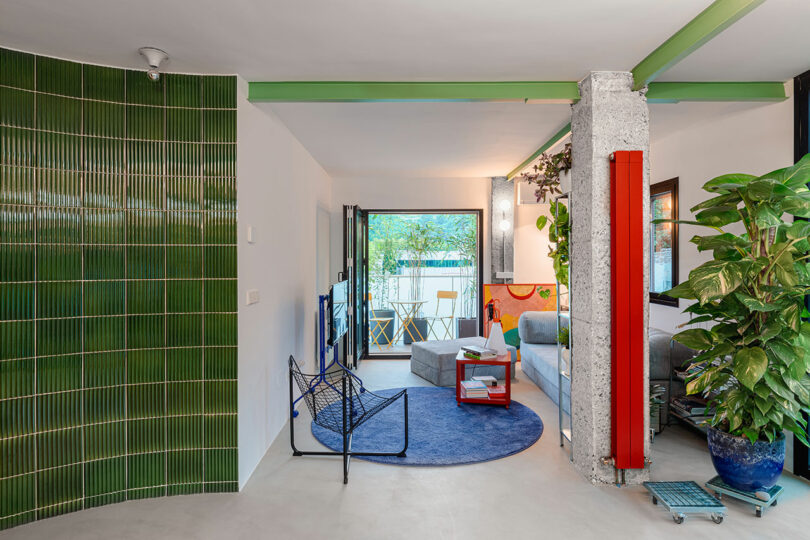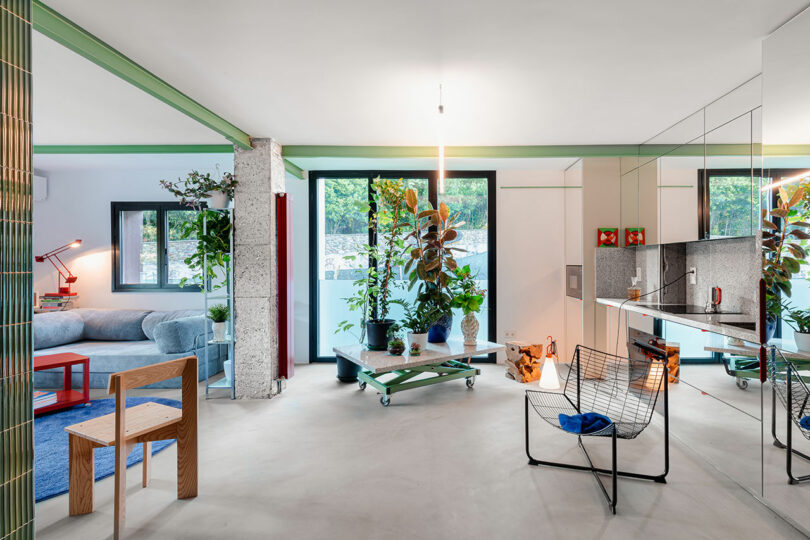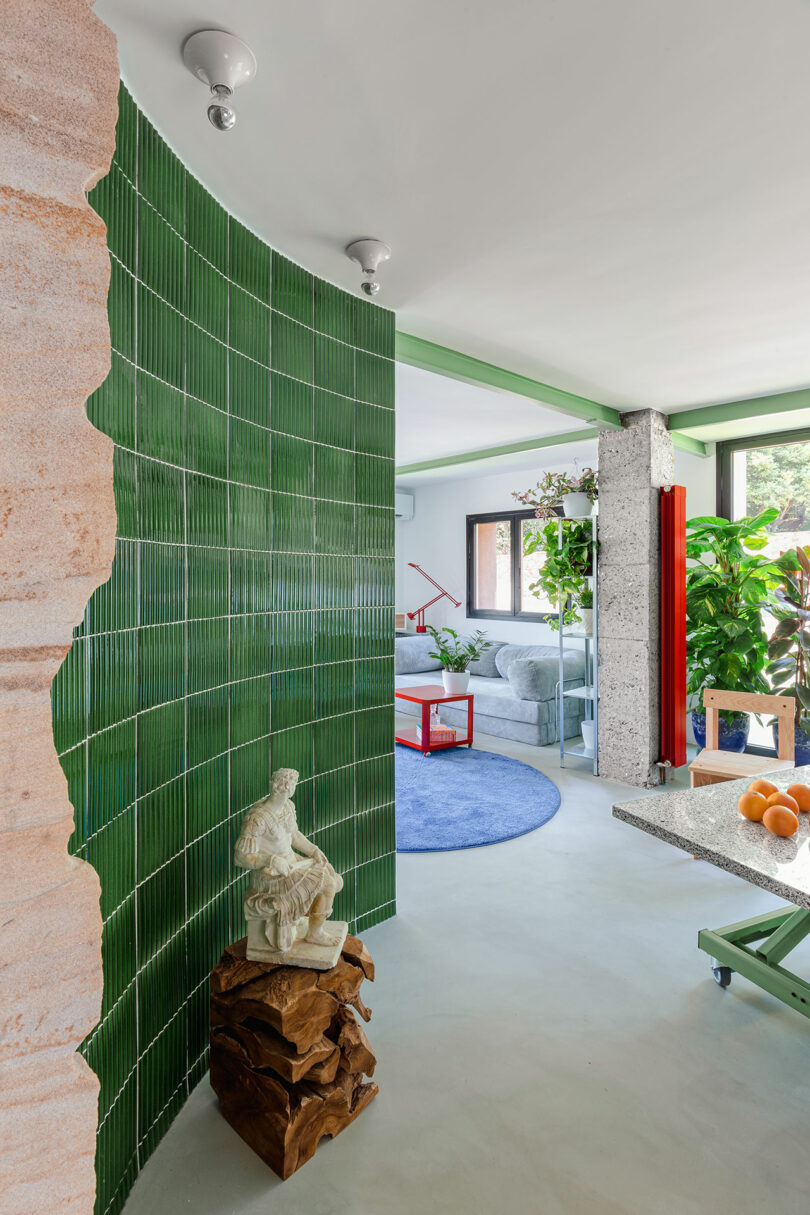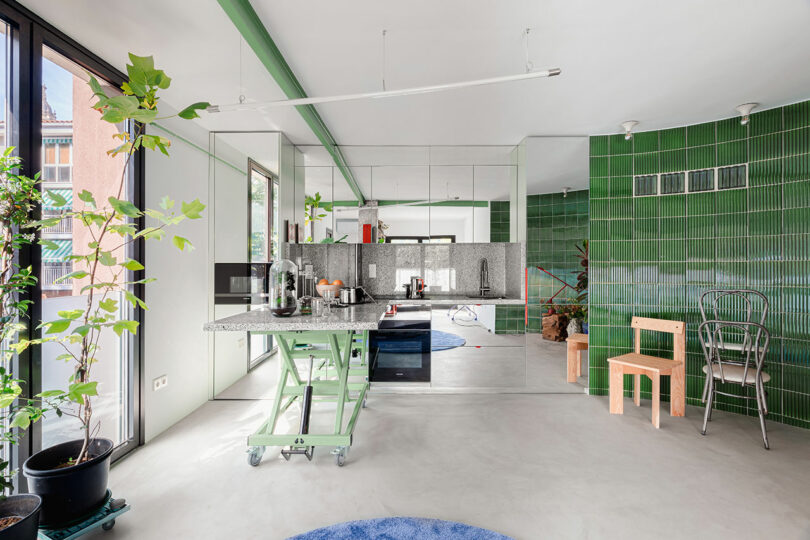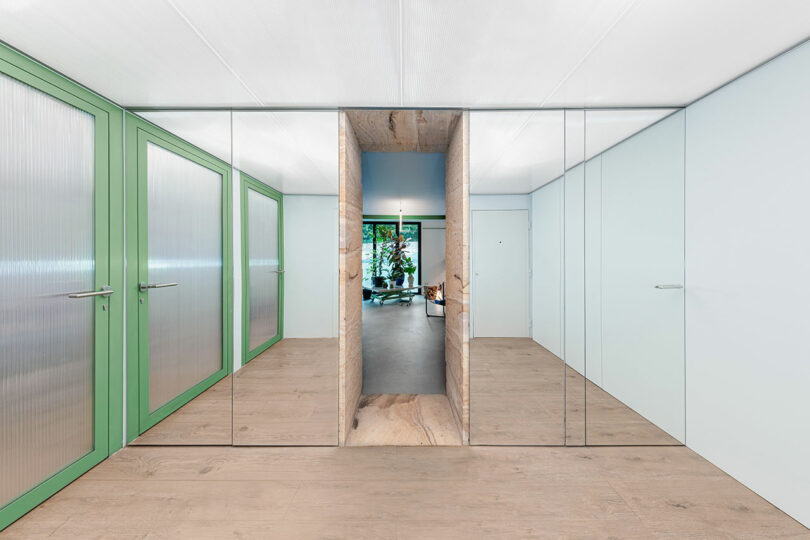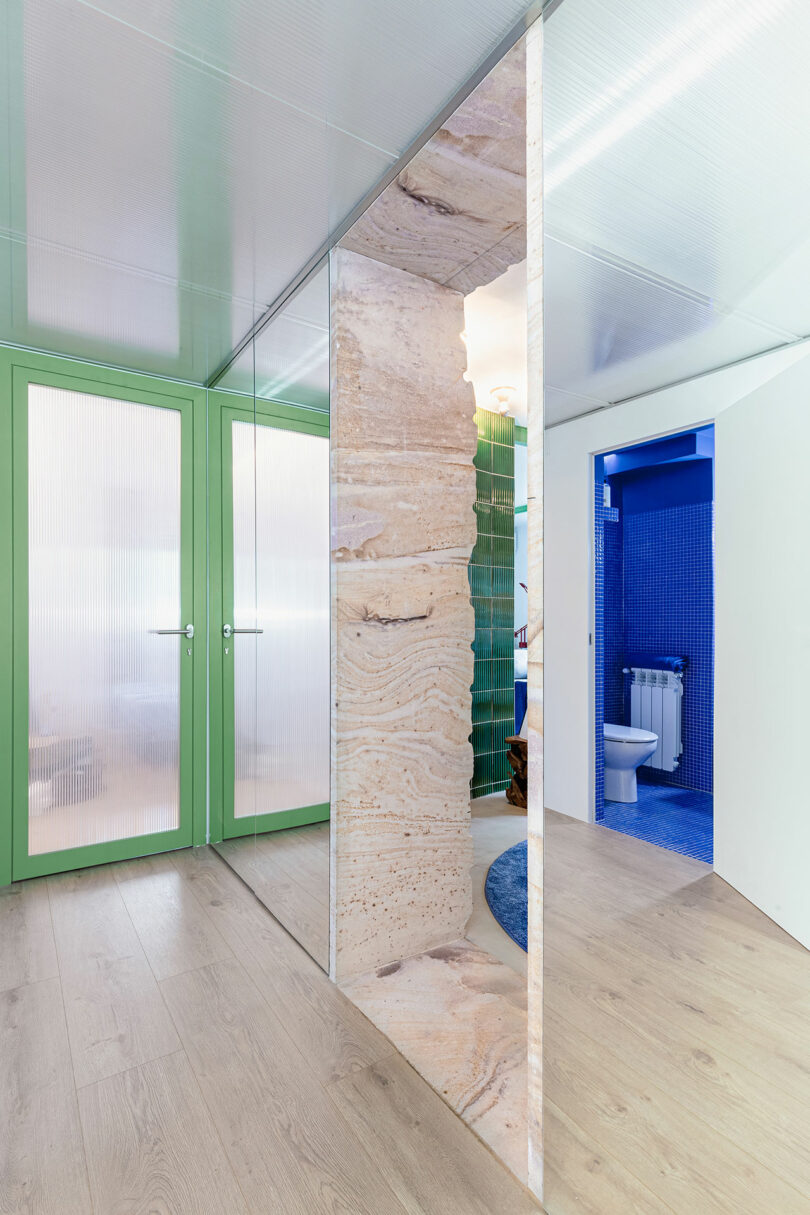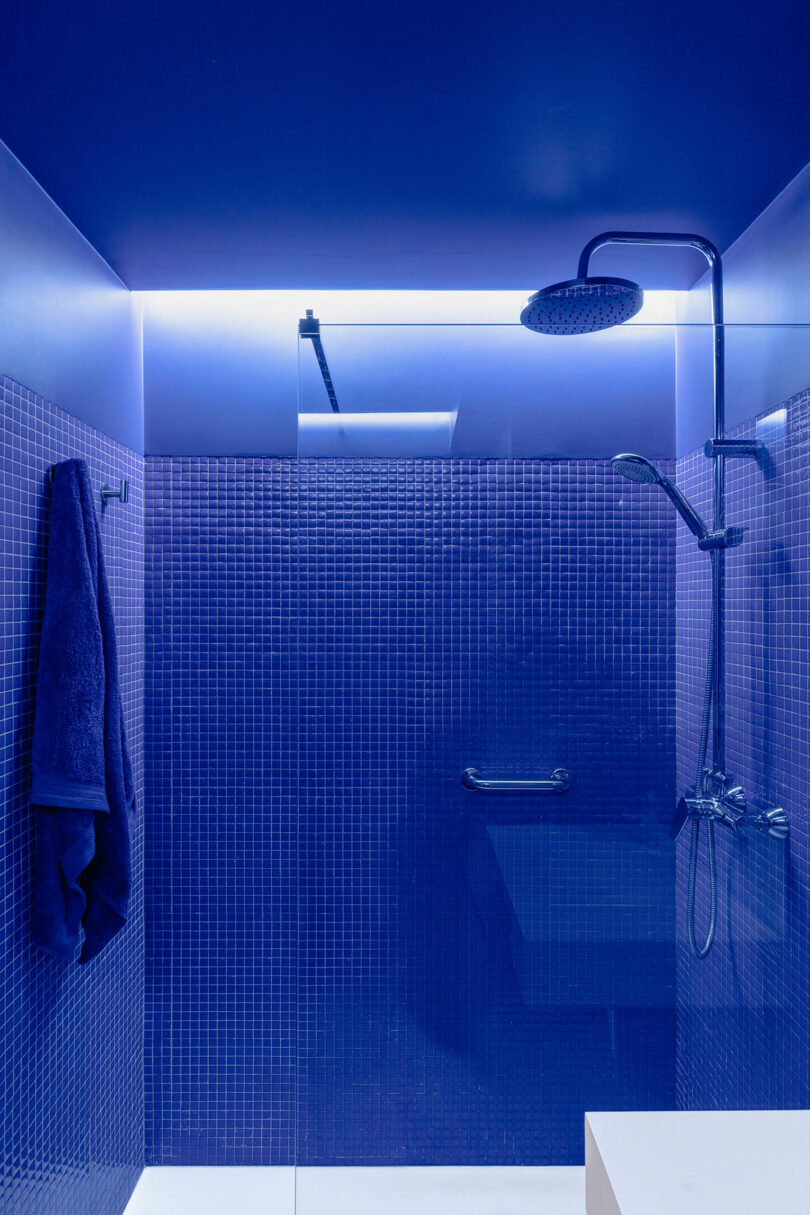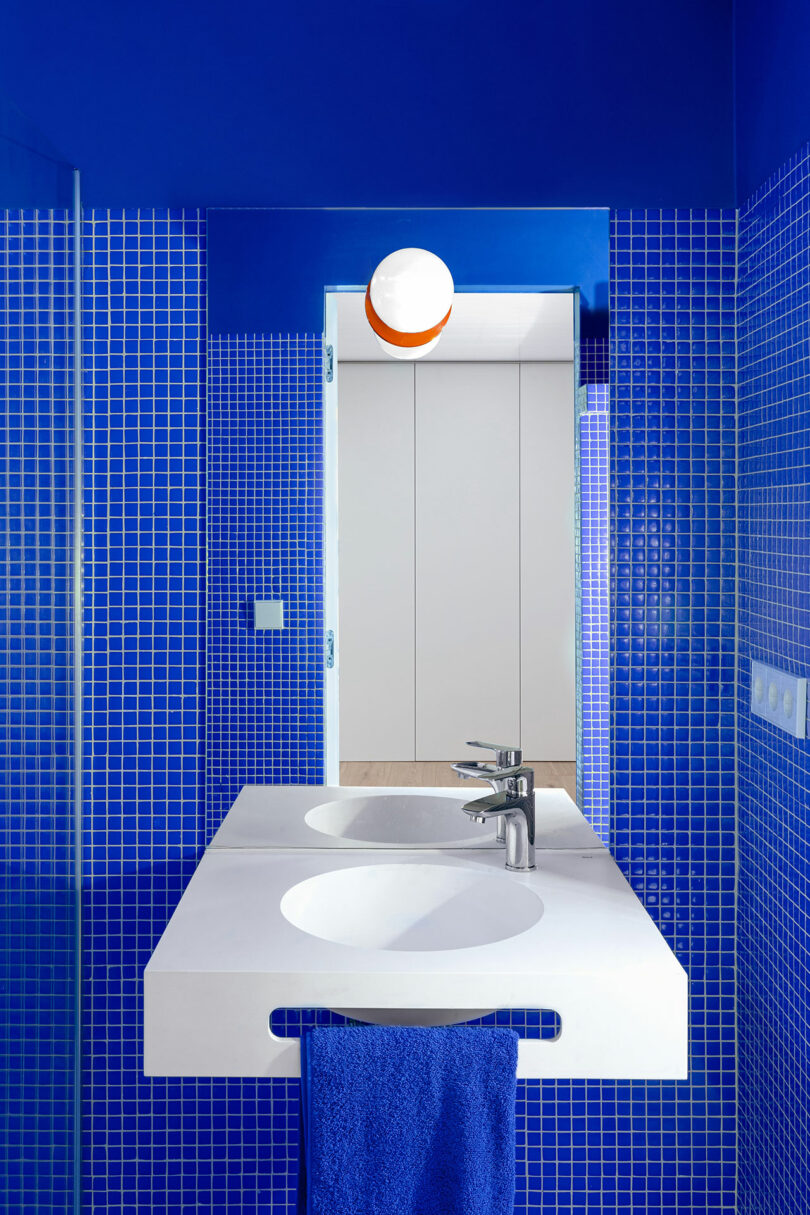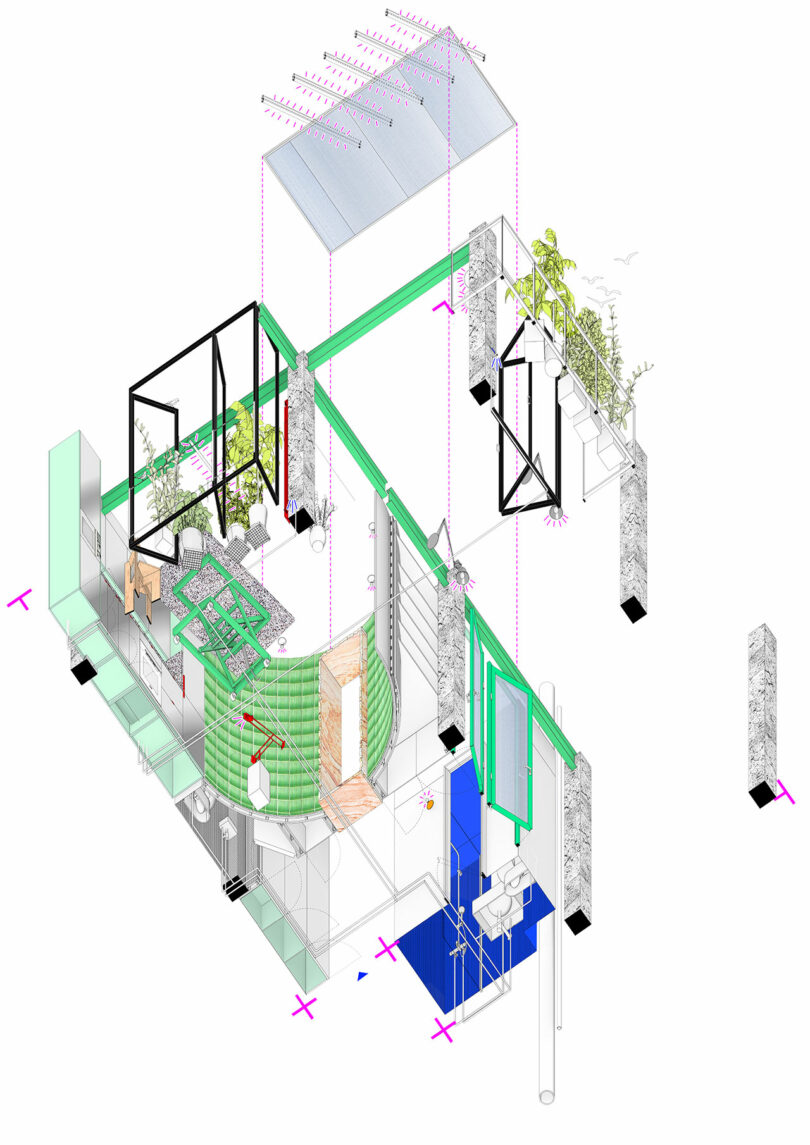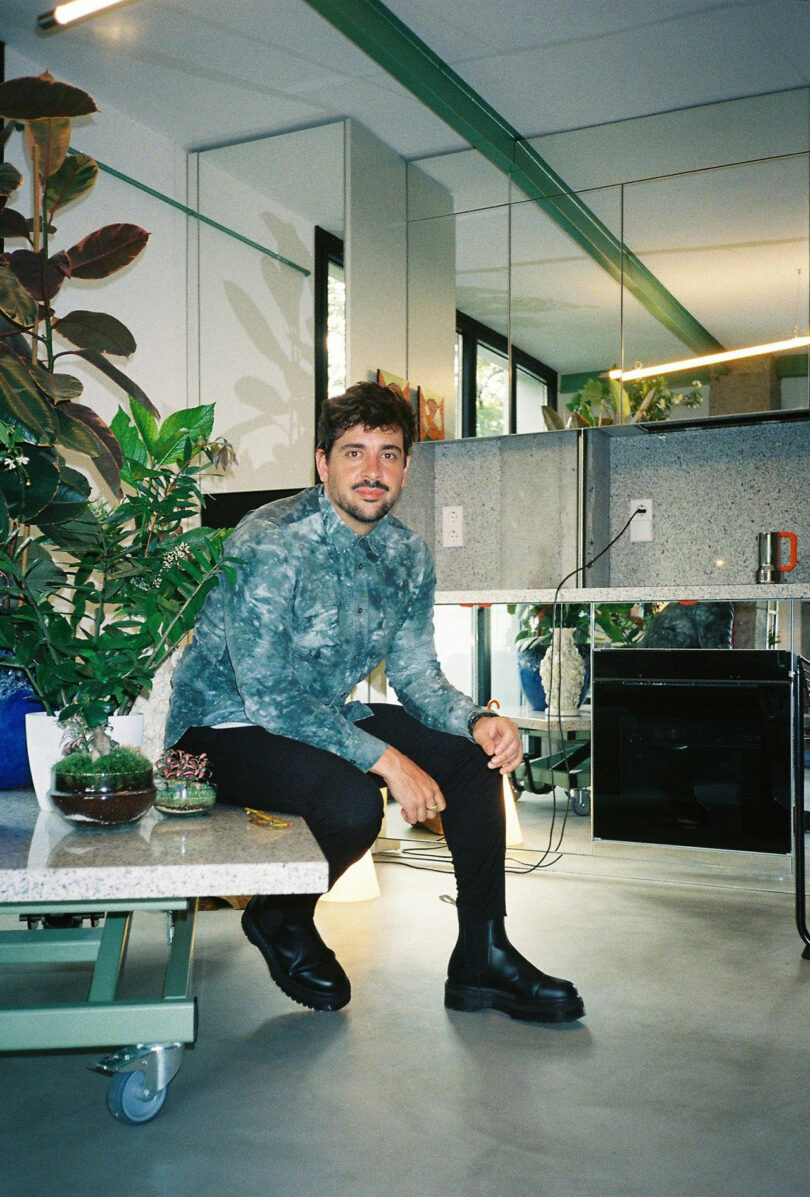Within the coronary heart of San Sebastián, a compact 861-square-foot residence has undergone a radical transformation that challenges conventional notions of home design. Spearheaded by Spanish architect and designer Ismael Medina Manzano, the mission, often called the Unplanned Home Prototype, reimagines residing areas to replicate the evolving dynamics of Twenty first-century life. This experimental intervention serves as each a critique of mid-Twentieth-century housing insurance policies and a daring step towards adaptable, sustainable residing environments.
Constructed in 1966, the residence constructing initially adhered to the stiff design ideas of the period’s Stabilization Plan, a 1959 Spanish initiative geared toward financial restoration. Housing models have been standardized, compartmentalized, and optimized for nuclear household residing – a mirrored image of the social norms and efficiencies valued on the time. Medina’s design disrupts these conventions, introducing a fluid, multi-functional format that caters to the varied wants of newfangled inhabitants.
The mission pivots away from stiff boundaries, fostering an setting that integrates flexibility and inclusivity. By breaking free from the constraints of conventional spatial group, the residence transforms right into a animated residing ecosystem able to accommodating varied types of coexistence.
On the core of this reimagined house is a placing curved wall, crafted from inexperienced glazed ceramic tiles. This function is each a sensible and aesthetic innovation, functioning as a hub for storage and social interplay. Surrounding the wall are strategically positioned storage models, together with pantries, closets, and kitchen cabinetry, which dissolve the boundaries between practical and decorative design.
One finish of the wall seamlessly integrates with a mirrored showcase, concealing on a regular basis family home equipment. In one other space, a sandstone portal – crafted from regionally sourced stone – reveals the geological historical past of the area. This fusion of supplies connects the design to its geographical and cultural context, embodying a dialogue between structure and the setting.
Additional enhancing the residence’s versatility is a set of cell components. A movable kitchen island, constructed from repurposed granite, exemplifies the mission’s dedication to sustainability and flexibility. Designed to orbit inside the house, the island will be reconfigured to go well with varied actions and social gatherings. Different movable options embody stools comprised of reclaimed tree roots and furnishings crafted with supplies from native industries, equivalent to recycled aluminum and metal.
The incorporation of greenery provides one other layer of connectivity with nature. An inner irrigation system sustains cell vegetation, blurring the traces between inside and exterior areas and fostering a way of concord with the encircling setting.
The Unplanned Home Prototype encapsulates Medina’s broader imaginative and prescient of structure as a method to deal with societal and ecological challenges. By integrating native supplies, sustainable practices, and novel design components, the mission underscores the significance of contextual reflection in residential structure. It’s a house not merely to inhabit however to interact with – a residing prototype that invitations its customers to redefine their relationship with domesticity and the setting.
For extra data on Ismael Medina Manzano and his work, go to ismaelmedinamanzano.com.


